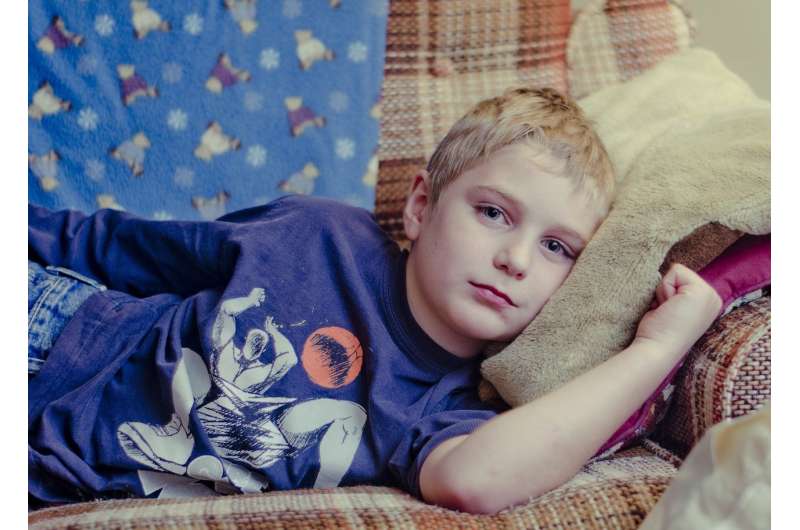Efforts to wipe–out childhood anaemia fall short

An international study has found that a global target to eradicate childhood anemia by 2030 will fail, presenting a major public health challenge.
Ph.D. candidate Md. Mehedi Hasan from The University of Queensland's Institute for Social Science Research (ISSR) said although the results showed a considerable reduction in childhood anemia from 2000 to 2018, it would not be enough to eliminate the condition.
"We predict that by 2030, more than half of the 36 countries studied will have a severe problem with childhood anemia," Hasan said.
Children with the condition do not have enough red blood cells to carry oxygen to their body's tissues, leading to chronic fatigue and potentially life-threatening complications.
"The research shows gaps in anemia prevalence across wealth and maternal age in low to middle-income countries," he said.
"In children aged six months to five years old, the prevalence of childhood anemia fell in 22 countries, Zimbabwe had the greatest reduction of 4.2 percent, while rates increased in 14 countries, with Burundi the highest at five percent."
The study showed social factors such as household wealth, residence, the mother's age and education level, and sex of the child contributed to the prevalence of childhood anemia.
It also showed childhood anemia was increasing in some countries because of inadequate diet and lower consumption of iron-rich foods.
"Nutritional deficiencies contributed to an estimated 145,000 annual deaths among children around the world," Hasan said.
Researchers analyzed data from more than 776,000 children with the aim of identifying trends and making child anemia projections.
"These findings demonstrated the need for implementing interventions that more effectively target anemia in high-risk countries. Current interventions including fortified and diversified dietary intake and disease control measures should be scaled up and expanded to more effectively target vulnerable groups."
Associate Professor Abdullah Mamun said collective efforts were needed to address the issue across low and middle-income countries. "By delivering high-impact interventions supported by sustained financial help in poorly performing countries, policy-makers can target the most disadvantaged groups."
More information: Md. Mehedi Hasan et al, Geographical variation and temporal trend in anemia among children aged 6–59 months in low- and middle-income countries during 2000–2018: forecasting the 2030 SDG target, Public Health Nutrition (2021). DOI: 10.1017/S1368980021002482





















